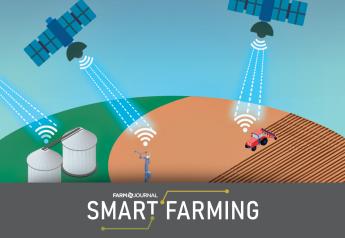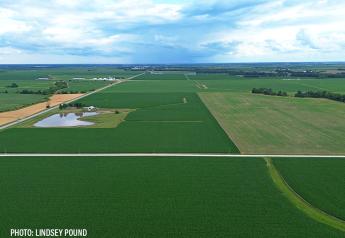Current Adoption of E-Commerce for Crop Inputs

The following commentary does not necessarily reflect the views of AgWeb or Farm Journal. The opinions expressed below are the author's own.
It’s easy for any of us to have an emotional reaction to change. Or to let one anecdote frame our perception of a trend. A terrific example is e-commerce. During the past year and a half, a lot of talk has focused on e-commerce and how it represents a threat to traditional ag retail.
Consolidation, technology, farmer demographics and more are influencing the present and future of ag retail.
To fill in the lines and give an accurate picture of how farmers are using e-commerce options today, Farm Journal conducted a detailed research effort. Of the respondents to the Farm Journal survey, 13% plan to buy some of their crop inputs online in 2019. USDA’s Farm Computer Usage and Ownership survey in 2017 reported 23% of farmers bought any type of farm input (generally categorized) online. That makes sense as online outlets for machinery parts, smaller components and hardware have gained more traction in the digital age than the complex distribution and storage of seed, fertilizer and crop chemistries.
Chip Flory and I discussed these trends on AgriTalk radio recently:
E-commerce isn’t the only change affecting retail. Farmers are using technology in general to transact differently with their suppliers. Just think about how many customers you text today compared with even five years ago. All facets surrounding sales and customer relationships are changing.
With an online poll this fall, AgPro asked its audience, “For your business, do you feel farmers are more loyal than 10 years ago?” Out of 76 respondents, 93% said no.
What are you doing to be in that 7% making customers more loyal?







